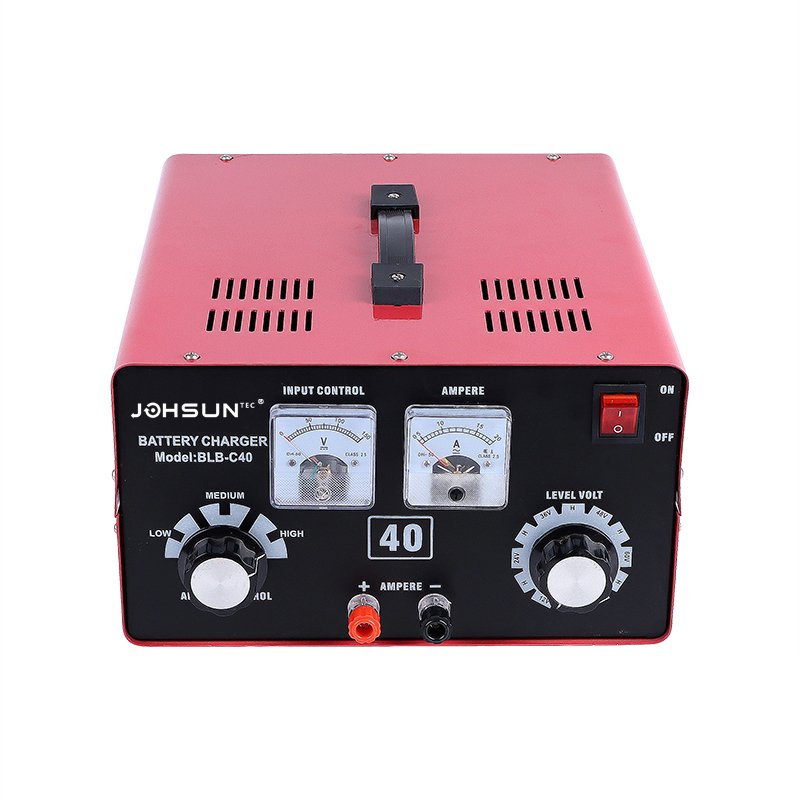Basic principles and functions of voltage stabilizers
A voltage stabilizer is a device used to stabilize voltage output. Its basic principle is to provide a constant output voltage by adjusting the change of input voltage.
Its main functions include:
- Protect equipment: When the voltage fluctuates, the voltage stabilizer can prevent excessively high or low voltage from damaging electronic equipment.
- Ensure performance: By providing a stable power supply, ensure that the equipment operates under optimal conditions and avoid performance degradation due to unstable voltage.
- Extend service life: Reduce equipment failures caused by voltage fluctuations, thereby extending the service life of the equipment.
Advantages and Disadvantages
The voltage stabilizer has the following advantages in use:
- High reliability: Provides stable output voltage and protects equipment from grid fluctuations.
- Improved energy efficiency: Improves overall energy efficiency by reducing unnecessary power losses.
- Versatility: Suitable for various types of electronic equipment and industrial applications.
However, there are also some disadvantages of voltage stabilizers:
- Higher cost: High-quality voltage stabilizers are more expensive to purchase and install.
- Maintenance requirements: Regular inspection and maintenance are required to ensure their normal operation.
- Size and weight: Some types of voltage stabilizers are large in size and may not be suitable for occasions with limited space.
Working principle details
The working principle of the voltage regulator can be divided into several key steps:
- Input voltage detection: The voltage regulator continuously monitors the input voltage level to detect any fluctuations.
- Adjustment mechanism activation: When the input voltage deviates from the set range, the adjustment mechanism is immediately activated.
- Output regulation: The output voltage is adjusted to a stable level through internal adjustment elements such as transformers or semiconductor components.
- Feedback control system: The output is continuously monitored and adjusted using a feedback loop to maintain stability.
Electronic voltage regulators usually use semiconductor components such as thyristors or field effect transistors to achieve fast response, while mechanical voltage regulators rely on the physical adjustment of transformer windings.
How to choose the right voltage stabilizer according to your needs
The following factors need to be considered when choosing the right voltage stabilizer:
Power capacity: Select a voltage stabilizer with the right capacity according to the total power of the equipment to be protected to ensure that it can withstand the load.
Input voltage range: Select an input voltage range that can adapt to the local grid conditions to ensure that the voltage stabilizer works properly.
Response speed: For applications that require fast response to protect sensitive equipment, select a voltage stabilizer with fast response capabilities.
Environmental adaptability: Consider the possible impact of factors such as temperature and humidity in the use environment on the performance of the voltage stabilizer.
Importance of voltage stabilizers and their role in protecting electrical equipment
In modern power systems, voltage stabilizers play a vital role. Not only do they provide stable and reliable power for home and industrial applications, they also play an important role in many aspects:
- Reduce downtime: By providing stable power, the risk of equipment downtime due to power fluctuations is reduced.
- Reduce maintenance costs: Reduce equipment failures caused by power problems, thereby reducing maintenance and repair costs.
- Improve system efficiency: Help optimize the energy efficiency of the entire system so that equipment can operate in the best condition.






